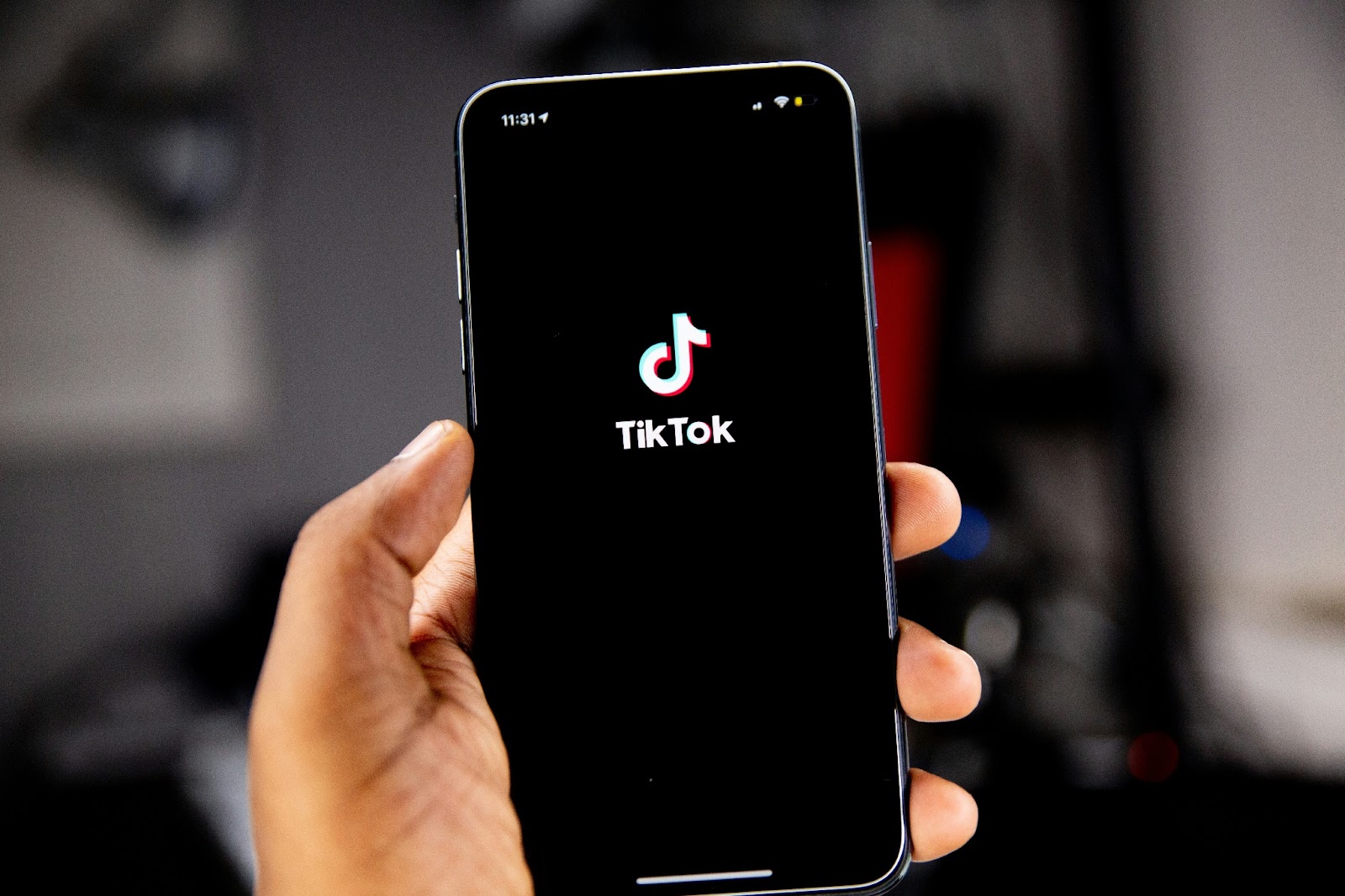Humans are visually driven and search engines know this. Nonetheless, in a world where SEO strategies revolve around keywords, backlinks and content, visuals is an aspect that often gets overlooked.
Image and visual content are becoming increasingly important considering the ever changing landscape of SEO. They make content much more engaging and interactive while also influencing how search engines rank your website.
With that, let’s take a closer look at what Visual Diversity is and its importance to SEO.
What is Visual Diversity?

Visual Diversity refers to the strategic use of various visual elements. This includes content like pictures, videos, infographics, memes and GIFs. Visual Diversity aims to engage users visually while providing them with information in a more entertaining and appealing way.
For example, imagine you’re searching for information about a new recipe. In this scenario, most users will gravitate towards well written content that uses high quality visuals.
It could be images of the dish at different stages, a video demonstrating the process or an infographic that summarises the ingredients. This combination of visual elements creates a more immersive and enjoyable user experience.
All in all, visuals have the potential to boost how your content is perceived by both users and search engines.
Why Visual Diversity Matters in SEO

- Enhanced User Experience:
Visual content appeals to human nature, which is inherently visual. When your webpage includes engaging visuals, it captures users attention and keeps them engaged longer.
This increased dwell time is a signal to search engines that your content is valuable and relevant, potentially leading to higher rankings.
- Improved Click Through Rate (CTR):
Eye-catching visuals in search results can significantly boost your CTR.
When your page stands out with attractive images, videos, or infographics, it captures the user’s attention and entices them to click on your link instead of others. This can lead to higher organic traffic, which is a key SEO goal.
- Boosts Written Content:
Reading through a lengthy text can be tedious especially if you’re looking for quick answers. In this case, adding visuals will help readers digest your content better.
Furthermore, visual diversity doesn’t just complement written content but also enhances it. Search engines are increasingly focused on delivering high quality content and visuals are part of the criteria.
- Reduced Bounce Rate:
When used effectively, visuals can reduce the bounce rate, which is the percentage of users who leave a webpage without interacting with it.
Users are more likely to stay and explore a page with engaging visuals. Similar to a CTR, this sends a positive signal to search engines that your content is relevant and valuable.
Video based content is one of the most effective tools for reducing bounce rates, as it keeps users engaged for longer periods.
- Diversify Content:
Diversification is everything especially when it comes to investing, eating healthy and even content. Incorporating a variety of visual elements diversifies your content portfolio.
This not only caters to different learning styles and preferences but also expands your reach to a wider audience. Some users prefer watching videos, while others prefer scanning infographics or reading textual content.
By accommodating all these preferences, you broaden your audience base.
Incorporate Visuals the SEO Way

Incorporating visuals is not a matter of simply adding images or videos to your web pages. It requires a strategic approach that aligns with SEO best practices. Here’s how you effectively incorporate Visual Diversity into your SEO strategy:
- Keyword Research:
Keyword research is the cornerstone of all SEO strategies. Before creating visual content, conduct keyword research to identify relevant keywords and phrases related to your content.
Incorporate these keywords naturally into the visual elements, such as image alt text, video titles, and captions. This helps search engines understand the context of your visuals.
- Optimise Your Images:
Whether its naming files, using alt text or compressing images, optimisation is a crucial part of visual diversity. This can prevent performance issues such as slow load times which is a critical ranking factor.
On a side note, focus on relevance when choosing images. Images should not only be visually appealing but also directly related to the content on the page.
- Quality Matters:
High-quality visuals are more likely to engage users and keep them on your site. Blurry or pixelated images can deter visitors. Invest in creating or selecting high-resolution images and videos that are relevant to your content.
If possible, try and create your own content to ensure uniqueness and relevance. Stock photos are widely available, but using custom visuals can set your website apart and demonstrate your expertise in your field.
Conclusion
Visuals are everything when it comes to how we perceive the world. This is also true based on how we engage with information on the internet. In the ever-evolving landscape of SEO, the importance of Visual Diversity cannot be overstated.
It’s not just about making your website look pretty; it’s about creating a dynamic and engaging user experience that resonates with both users and search engines. So, remember, in the digital age, a picture is worth not just a thousand words, but also a higher search engine ranking.











